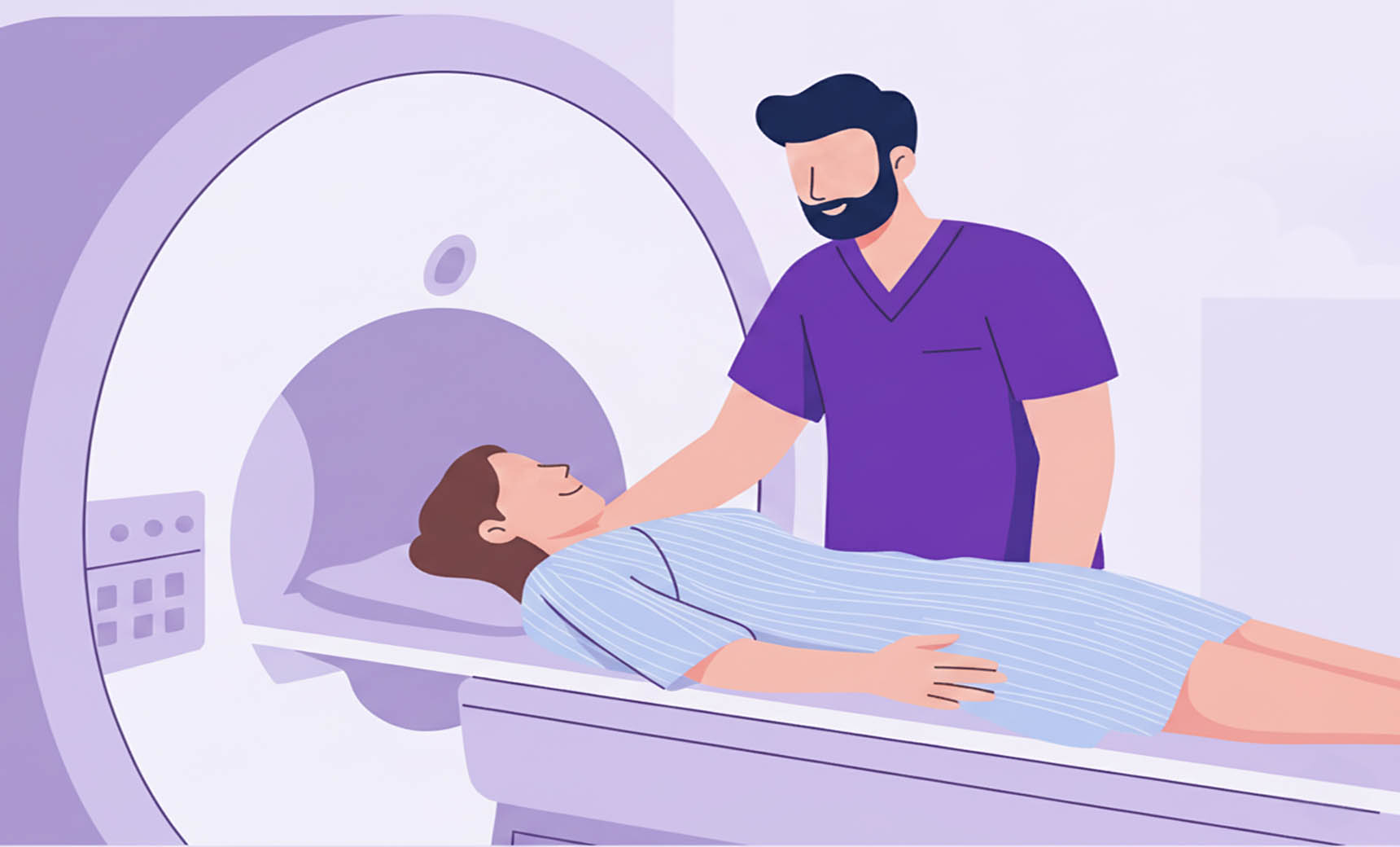
4 Simple Steps to Reduce Patient No-Shows
No-shows risk the health of your patients and business. Here’s how to reduce them.
You know the feeling: You have a full schedule with back-to-back bookings. You look forward to a busy day at the office, but then you get your first cancellation. And just like that, a waterfall of cancellations seems to come in. Then you get the no-shows — the appointments your staff prepped for, only to realize as you call out the patient’s name to a crowded waiting room that they are not there.
When this happens regularly, you not only risk your patients’ health outcomes but the health of your business too. Reducing missed appointments is a challenge every service-oriented business faces, and healthcare providers are no strangers to the struggle. These four simple steps can help reduce missed appointments while increasing patient satisfaction and loyalty, without complicating staff workflows.
1. Send Appointment Reminders to Preferred Channels
Look at what is already in customers’ hands — smartphones are used by 79.1% of Americans. A 2018 study published in Internet Interventions found that “nearly all the SMS-reminder studies helped improve patient medical compliance and appointment reminders.” Additional data across industries shows that, when it comes to customer service in the US, consumers prefer SMS tests over voice calls. But, with that said, no one approach is one-size-fits-all.
Think about your experiences at other businesses; when you schedule an appointment at the hair salon or auto shop, you are often given the option to have appointment reminders sent via email, text message, voice call, or all of the above. Why should healthcare be any different? A 2019 study found that 79% of consumers “want brands to understand which messaging channels they prefer.” Assuming every patient wants a phone call or email reminder of their upcoming appointment is an assumption that may be hurting your business. Communicating with patients through their preferred channels greatly increases your chances of reaching them.
You need to offer multiple types of appointment reminders at different stages of the patient journey. This may mean sending a reminder more than once, a few days before the appointment and the day before. Or, maybe you send an email reminder a week before, and a text message two days before. If possible, ask patients how they prefer to be contacted and use that method. You will see better success in engaging these patients and ensuring they show up for their scheduled appointment.
2. Reduce Wait Times (for Appointments and in the Waiting Room)
As a provider, your time is valuable. And, if someone doesn’t show up for their appointment, another person missed the opportunity to get the care they needed in that time slot. Patients also want to feel that their time is being respected.
The same goes for the wait to get an appointment. Studies have shown that “a high lead time (e.g. having an appointment for eight weeks later) significantly increases the probability of no-shows.” Even having a lead time of more than two weeks can significantly increase missed appointments. Although many different studies have cited reasons including forgetting about a distant appointment and last-minute scheduling changes, the bottom line is the longer the wait, the higher the chance of a cancellation or no-show.
Conversely, in a National Health Service data analysis, it was noted that “same-day appointments accounted for just 2% of no-shows, despite these appointments being the most common.” Clearly when a patient is looking for a service, sometimes the first available wins. The bottom line? Make those last-minute appointment slots available whenever possible.
3. Offer Flexible Appointment Modification
Allowing patients to independently modify appointments is one of the easiest ways to start reducing no-shows, while also helping to reduce staff burden. With online appointment scheduling, patients can conveniently reschedule their appointments to a new date that works for their schedules.
This is huge for both your staff and patients, saving staff saves precious time previously spent on tedious phone calls. Leaving a voicemail doesn’t mean a patient will listen to it. This is also an inconvenience for patients who may not see the missed call. All of a sudden, it’s hours before their appointment and they realize they aren’t going to make it.
In this scenario, both patient and provider are frustrated and feel like they wasted their time. Solve this with online scheduling, which offers the flexibility in our fast-paced, tech-savvy world for patients who prefer that channel.
4. Follow Up with No-Shows to Improve Your Process
After many missed appointments, or a particularly bad week for no-shows, you may be tempted to instill a hard rule that everyone who misses an appointment is going to be charged a fee. Airlines and other businesses use this method, but it fails to appropriately identify the root causes of missed appointments and may punish those who innocently miss an appointment and fail to address chronic no-show patients. While the steps outlined above can help you reduce missed appointments, your practice may require additional methods to address this problem among your unique patient base.
Using EHRs, you can review no-show histories of patients to identify those with the highest likelihood of missing an appointment and review your process to determine if there are changes that can be made to improve this rate. The more information you have about your particular client base, the more effective the solution will be.
Online booking can be huge in rescheduling as well. If a patient misses an appointment, either because they forgot about it entirely or they were double booked at that time, an automated follow-up message can be an effective way to remind them of their missed appointment and give them the opportunity to reschedule. If you have a missed appointment policy, this is also a place to give a friendly reminder of what it means now that they’ve missed their appointment. You may also use this point of contact as a chance to prompt patients to say why they missed their appointment, which can be crucial information to curbing future no-shows.
Utilizing these tools and tricks can greatly reduce no-shows, increasing revenue, productivity, and positive patient outcomes.
Remember, communicate with the customer the way they prefer, be punctual and respectful of your client’s time, and give flexible options for appointment modification/rescheduling because healthcare is a service industry, after all.
Lastly, don’t forget to follow up with patients that missed their appointment — help get them back on their health journey, moving forward with the care they need. LabFinder offers white-label solutions with appointment notifications and other patient engagement tools, to help you reduce missed appointments, increase patient satisfaction, and simplify internal processes. Sign up to learn more or schedule a free demo with our Chief Strategy Officer.





LabFinder Editorial Team
The LabFinder Editorial Team is behind The Illuminator and The Insider, LabFinder’s consumer and business blogs.
Dr.Robert Segal
Dr. Segal is CEO and co-founder of LabFinder, as well as a board-certified cardiologist. He began practicing medicine in 2002 and has founded several businesses, including Medical Offices of Manhattan and Manhattan Cardiology.